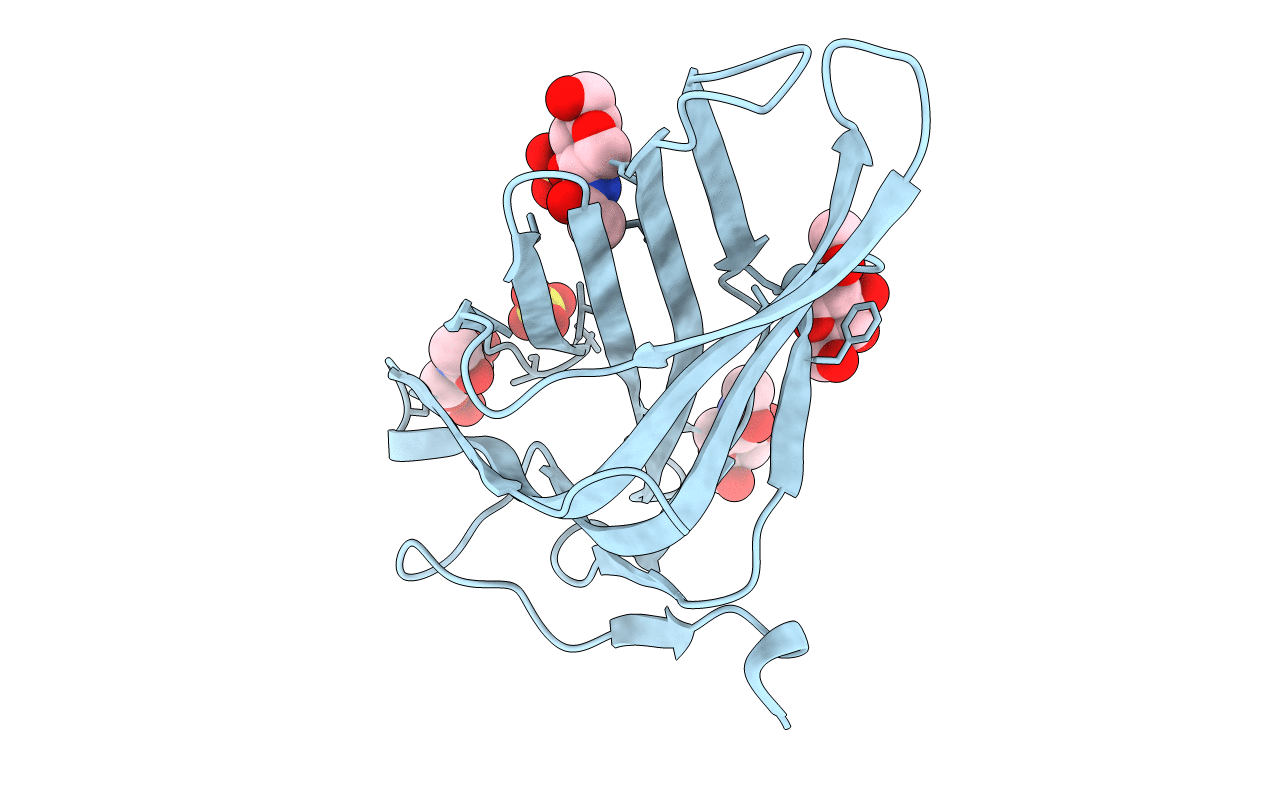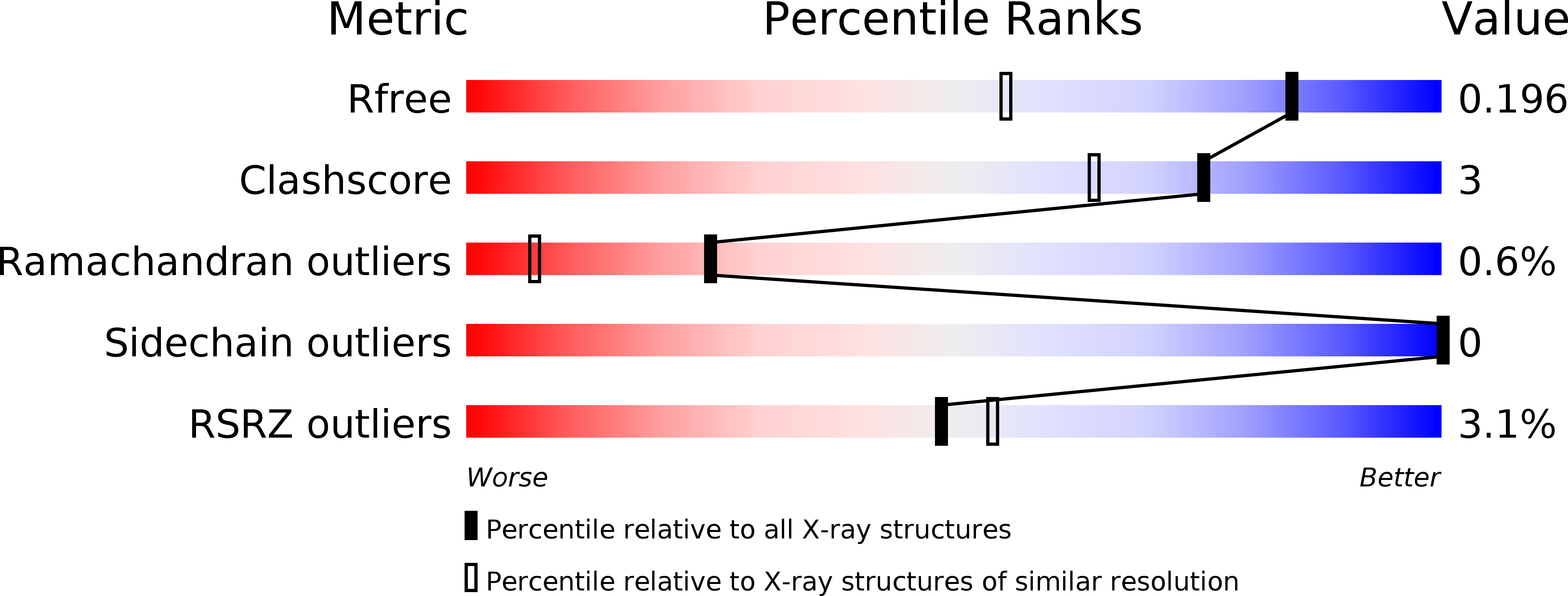
Deposition Date
2016-09-01
Release Date
2016-10-12
Last Version Date
2024-10-16
Entry Detail
PDB ID:
5GV0
Keywords:
Title:
Crystal structure of the membrane-proximal domain of mouse lysosome-associated membrane protein 1 (LAMP-1)
Biological Source:
Source Organism:
Mus musculus (Taxon ID: 10090)
Host Organism:
Method Details:
Experimental Method:
Resolution:
1.50 Å
R-Value Free:
0.19
R-Value Work:
0.17
R-Value Observed:
0.17
Space Group:
P 21 21 21


